Review: ZTE Warp Sync for Boost Mobile
Media
The Warp Sync comes with the expected set of Google Play apps for music, movies, books, and magazines. I didn't run into any trouble when testing them. Naturally, YouTube is on board.
ZTE added stand-alone music and video apps on the Warp Sync, which I appreciate. They're best utilized for playing side-loaded content on memory cards. Each has an easy-to-grasp user interface with clean functionality. Boost didn't cram any of its own branded music/video apps on the Warp Sync.
Music sounds good through headphones thanks to software from Dolby. You have to mess with the settings to dial in the right sound, but once you do it's quite good. Movies and TV shows looked good on the 720p screen.
Camera
ZTE installed its camera app on the Warp Sync rather than use the (awful) stock one from Google. Using the lock screen shortcut is the fastest way to launch the camera. It's a shame there's no dedicated button.
The camera software offers two strips of controls — down the left and right sides — though there's still plenty of room on the screen for the viewfinder. The shutter controls are on the right, where there are separate buttons for still and video capture.
The different shooting modes and scenes — of which there are 18 — can be dialed in below the shutter buttons. The Warp Sync offers auto, normal, HDR, panorama, best shot, manual, smile, group, clear, blink detect, interval, macro, portrait, night portrait, sport, sunset, landscape, and low light shooting modes.
Best shot takes a 10-shot burst of photos and lets you pick the best one. “Photo clear” mode lets you erase objects in the background. Smile capture automatically fires the shutter when the camera senses the subject is smiling. Group shot mode takes a handful of shots and lets you combine the best series of faces into a single image. The interval mode allows you to take a short time-lapse of 6 pictures over 30 seconds, 12 pictures over 60 seconds, or 18 pictures over 90 seconds. I found each of the modes worked as expected.
Last, the settings allow you to adjust the brightness, white balance, color effects, timer, and so on. The phone does let you adjust the flash and even apply some filters from the main screen, which I appreciate.
In all, the tools work well. The camera was generally quick and didn't exhibit too much bugginess.
Photos
The Warp Sync has an 8-megapixel camera. Exposure, focus, and white balance are generally accurate. Whites tended to blow out at times, and focus went rather soft more often than I liked. I saw lots of grain when shooting indoors, and the flash doesn't help mitigate that at all. As is typically the case, you'll get the best results on sunny days, though you may have to adjust white balance. The Warp Sync does a decent enough job that most people should be able to get away with leaving their cameras at home for all but the most important events.
Video
The Warp Sync can take video up to 720p full HD resolution. The video results were better than those of the still camera. Focus and exposure were most consistently matched, and white balance was generally spot on. As with the still camera, you can get away with using the Warp Sync for everyday needs, but I'd step up to dedicated video gear if you want the best quality.
Gallery
The Warp Sync has both a ZTE-made gallery and the Google Photos app. The ZTE gallery app is quite attractive and easy to use. Drop-down menus help you sort quickly between albums, locations, times, tags, and your entire library of images. Editing functions are robust and offer basic such as crop and rotate, as well as more advanced tools such as artistic effects, borders, filters, and so on.
The Photos app from Google includes automatic image backups to Google+, and its own set of good editing tools. Sharing via social networks is a breeze. Both apps functioned well on the Warp Sync.
Apps
Bloatware was kept to a minimum, which is welcome news. Non-Google apps are few, but include options such as Kingsoft Office, TouchPal X, and Mobile iD. Everything else is stock Android.
Bluetooth
The Warp Sync's Bluetooth radio worked quite well. It paired with PCs, headphones, and wearables with no problem. Call quality though my car's hands-free system was below average, with background noise posing the biggest issue. Music routed to my favorite Bluetooth speaker sounded decent, but not the best I've heard since the Warp Sync doesn't support the high-quality aptX profile.
Browser
ZTE and Boost included Chrome and the generic Android browser on the Warp Sync. Browsing over Sprint's 3G network was not the best experience, but LTE speeds helped a lot when available. The browsers each handle web sites without issue. I prefer the features of Chrome to the generic browser, but that's just me.
Clock
Like most Android phones, the Warp Sync has a white digital clock that appears at the top of the lock screen. It's visible under most conditions and there were few instances when I couldn't read it due to glare. I wish there were more options for the lock screen.
GPS
Google Maps is the only location service preinstalled. It interacted with the Warp Sync's GPS radio just fine. The phone found me quickly and accurately, but wasn't great at real-time navigation thanks to a combination of network and processor sluggishness.


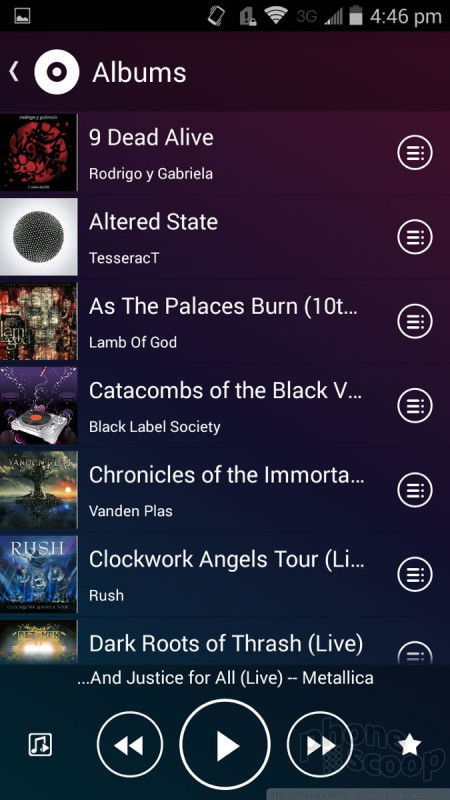






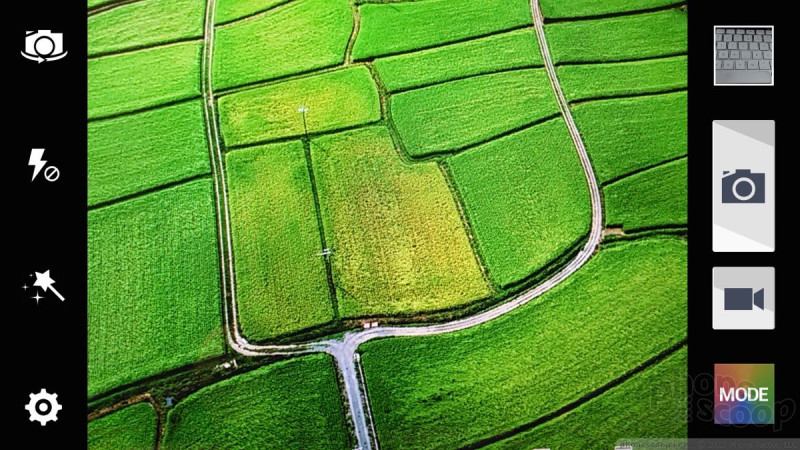




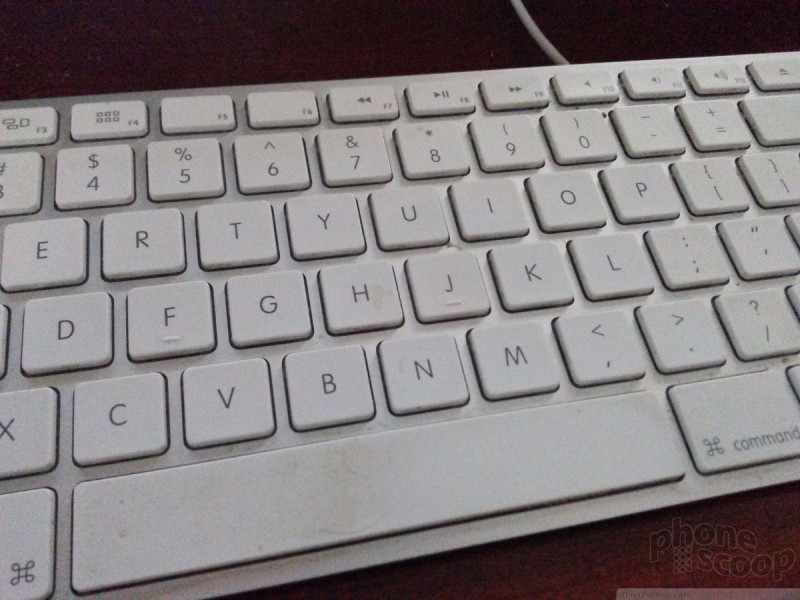













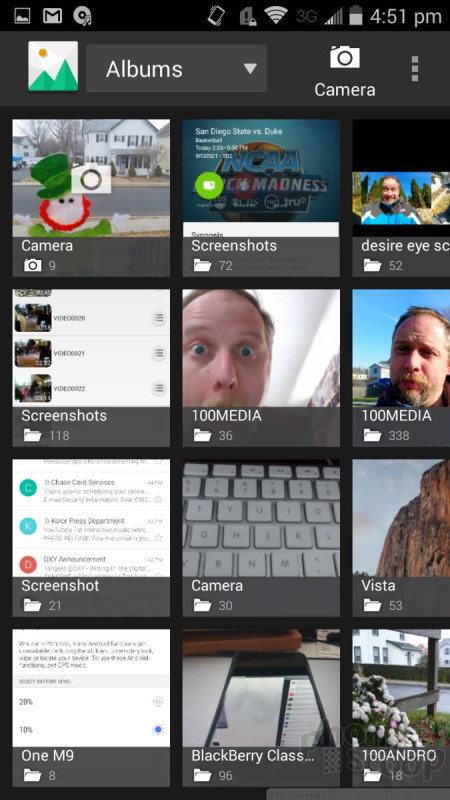




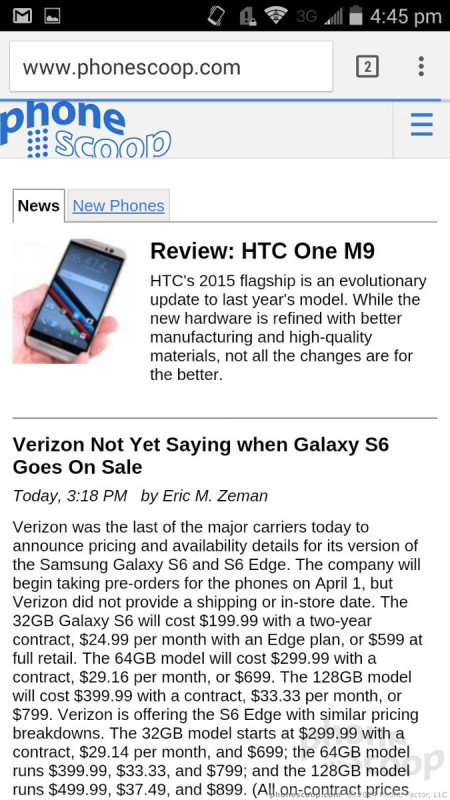



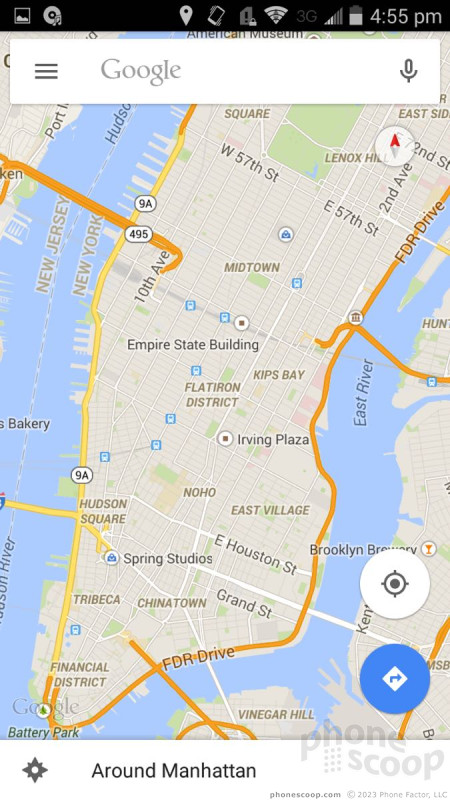




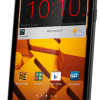 Boost Mobile to Sell Low-Cost ZTE Warp Sync
Boost Mobile to Sell Low-Cost ZTE Warp Sync
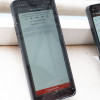 Qualcomm vs. Bullitt: Satellite Connectivity Comparison and Hands On
Qualcomm vs. Bullitt: Satellite Connectivity Comparison and Hands On
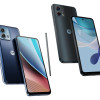 Motorola Updates its Most Affordable Phones
Motorola Updates its Most Affordable Phones
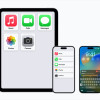 Apple Previews Major New Accessibility Features for iOS
Apple Previews Major New Accessibility Features for iOS
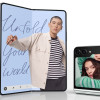 Samsung's New Foldables Stick to the Formula
Samsung's New Foldables Stick to the Formula
 ZTE Warp Sync
ZTE Warp Sync








